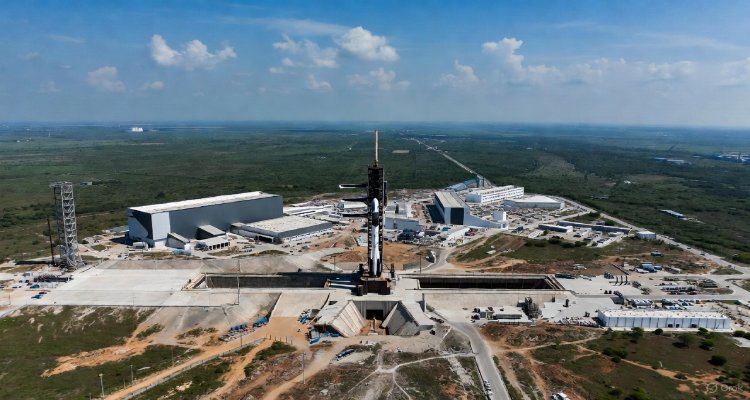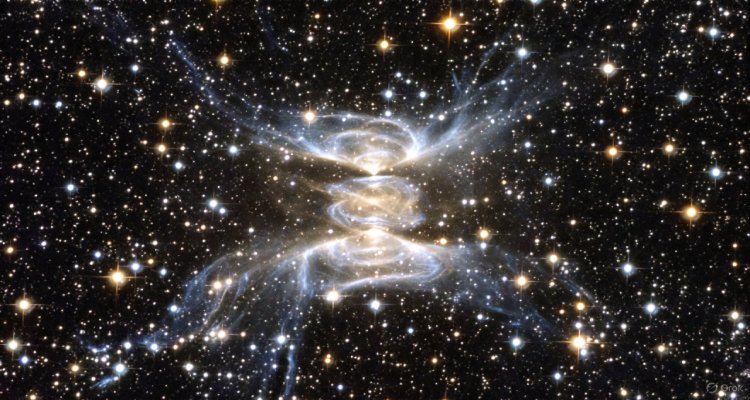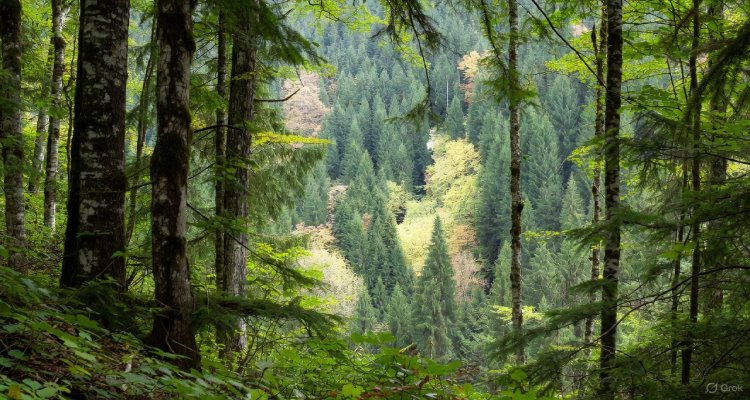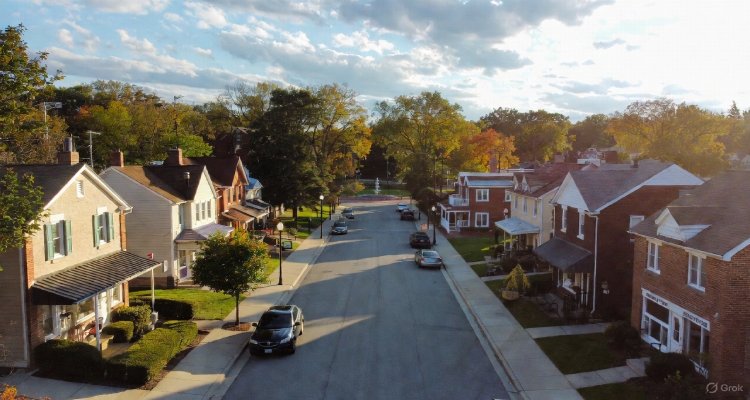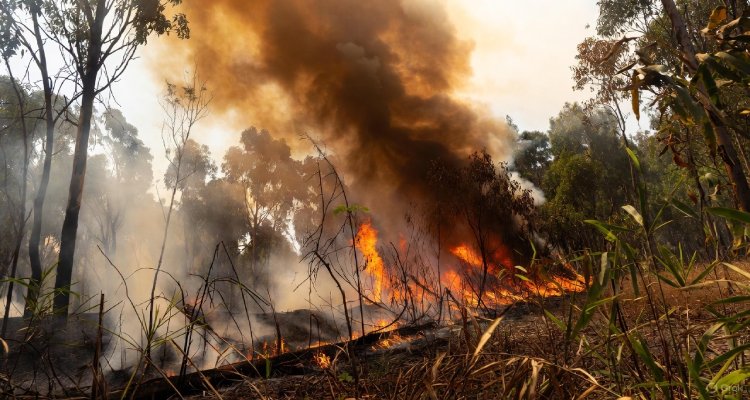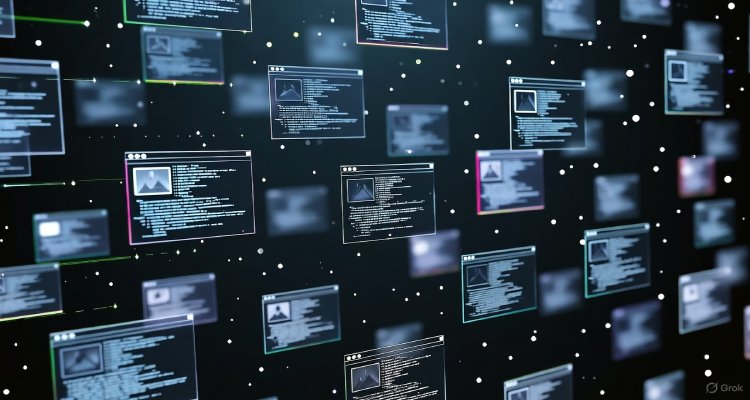The Lost Internet That Still Exists Somewhere
A deep dive into the vanished layers of the early internet — from forgotten forums to abandoned digital archives — and how fragments of that lost world still linger online today.
Introduction: Echoes from the Early Web
Long before the era of sleek social feeds and algorithmic timelines, the internet was a sprawling wilderness of personal blogs, hand-coded homepages, and niche communities. It was vibrant, chaotic, and strangely intimate. Today, that version of the web seems like a legend — but its remnants still breathe, quietly flickering in the background of our hyperconnected present.
In obscure corners of web archives and forgotten servers, traces of this lost internet remain alive. Each one a whisper of an era when the web was less a marketplace and more a collective diary of human curiosity.
Context & Background: The Internet Before the Internet
The first two decades of the internet — often referred to as Web 1.0 — were marked by individual ownership and fragmented exploration. People built websites by hand, learning basic HTML to host journals, fan pages, and forums that created genuine micro-communities.
Web rings linked pages by theme, bringing together fans of obscure topics like vintage anime or early Linux builds. Yahoo! directories curated the web like a living library. Even email lists and IRC channels fostered belonging long before the word “social network” appeared in tech vocabulary.
Yet, with the rise of platforms like Google, Facebook, and YouTube, the needs of users — and the priorities of corporations — shifted. The early web dissolved into algorithmic feeds. But somewhere between the cracks, its infrastructure never truly vanished.
Main Developments: Where the Ghosts Still Live
The lost internet isn’t really lost; it simply hides in plain sight. Projects like the Internet Archive’s “Wayback Machine” have preserved billions of pages, allowing a glimpse into how the web once felt — clunky, creative, and profoundly human.
Old forums like Something Awful and niche Usenet threads still operate quietly, preserved by small groups of moderators. In abandoned parts of Reddit or Tumblr, users revive defunct communities using screenshots and digital archaeology techniques to trace forgotten memes and posts.
Some digital anthropologists even track “dead links revival” projects — volunteer movements that restore hyperlinks across time, ensuring the chain of old blogs remains unbroken. In essence, digital archaeologists are rebuilding a once-glorious but disjointed civilization of bits.
A researcher from the Digital Preservation Coalition, Alice Pennington, explains:
“The web’s early DNA never disappeared. It just fragmented. What we call the ‘lost internet’ is really a parallel layer of digital heritage waiting to be re-indexed.”
Expert Insight and Public Reaction
Historians of technology see this nostalgia as more than sentiment — they call it “network memory.” Dr. Ramesh Iyer, a cultural technologist at Singapore’s Digital Futures Lab, notes:
“In the 1990s, the internet was a reflection of individual expression. Now it’s a reflection of collective influence. But the code, the archives, and the philosophies of that older web are still shaping our digital ethics.”
Meanwhile, digital artists and net explorers are using remnants of old websites in creative revival projects. One such concept, “GeoCity Dreams,” reimagines the architecture of the defunct GeoCities platform through immersive VR environments — allowing users to walk through interactive recreations of 1997 fan pages.
Among younger audiences, TikTok and Reddit reveal growing fascination with early web aesthetics — “webcore” and “cyber-nostalgia” have become visual styles capturing the retro comfort of those grainy pixels and clashing GT fonts.
Impact and Implications: Why It Still Matters
The persistence of the old internet isn’t just nostalgic — it serves as a critical record of early digital culture. Each preserved webpage is a time capsule showing where online identity, creativity, and community began.
For scholars, digital libraries, and even AI researchers, the continuity of those archives provides irreplaceable context. Early patterns of communication, misinformation, and social creativity help inform how modern online spaces evolve. Knowing what we’ve lost may guide how we rebuild healthier online ecosystems.
At a time when the web grows increasingly centralized, the scattered relics of the pre-platform era remind us of another possibility — one where the internet was a democratized frontier. Efforts like decentralized web movements (DWeb), peer-to-peer hosting, and blockchain-based archives aim to safeguard this independence for future generations.
As Dr. Pennington remarks,
“The future of the web depends on how well we protect its past.”
Conclusion: The Internet Never Truly Forgets
Somewhere on an old server in Finland, a forgotten blog may still hum, seeking its first visit in fifteen years. On a dusty backup drive in California, a defunct forum’s thread still holds the story of strangers who once talked through sleepless nights.
The lost internet is not gone — it persists, scattered like stardust, silently outliving the platforms that replaced it. It challenges us to remember that the web was never merely a tool; it was a living archive of human intention. And even in its fading fragments, we find connection, memory, and the spirit of curiosity that built it in the first place.
Disclaimer: This article is an original journalistic work based on historical and publicly verifiable insights into digital culture and web preservation. It does not reproduce or rely on copyrighted materials.


